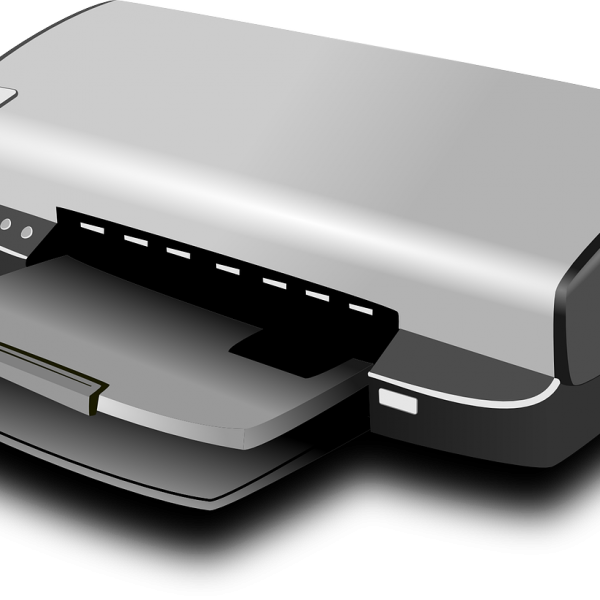Voice-based computing represents the next major leap in human-computer interaction. Voice assistants like Google Assistant already offer a glimpse into this voice-first future. But where does voice technology go from here?
To envision the full possibilities of voice on the horizon, we sat down with key members of the Google Assistant product and UX design teams. They shared an exciting futurespective on how voice assistants may evolve to enable more natural, personalized and ubiquitous voice interactions.
From ambient computing to emotion detection to empowering accessibility, the innovations discussed highlight how voice stands to transform life and work in the years ahead. Voice promises to become our trusted companion through the daily journey.
Join us on this futuristic vision quest to see what conversational AI may make possible as the voice-first revolution unfolds.
Making Conversation More Natural
One clear area of focus is enhancing conversational abilities to make speaking with voice assistants more natural. Features like Continued Conversation already allow Assistant to process requests more contextually without repetitive wake words.
But Product Manager Simon Tokumine expects even more fluid interactions based on deep neural network advancements. He predicts, “In 5 years, you may not even realize when the Assistant kicks in and out of a conversation because the handoff will be so subtle.”
Breakthroughs in audio processing, generative AI, and predictive modeling will enable the Assistant to follow diverse dialogue similar to human-to-human exchanges. It may proactively infer needs from your speech patterns and relationships.
For example, the Assistant could engage in nuanced back-and-forth like:
User: I’m thinking of taking up tennis again but need guidance. Do you have any tips?




